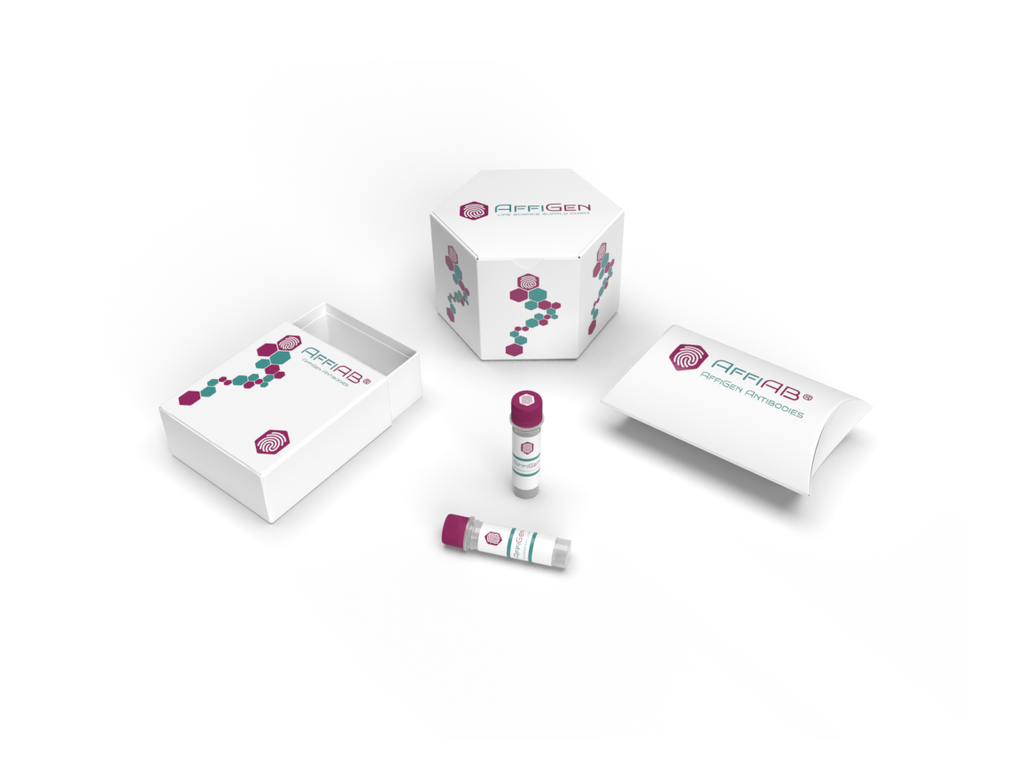AffiAB® Anti-RAB7 Antibody
The Ras-related superfamily of guanine nucleotide binding proteins, which includes the Ral/Rec, Rap, R-Ras, and Rho/Rab subfamilies, exhibit 30-60% homology with Ras p21. Accumulating data suggests an important role for Rab proteins, either in endocytosis or in biosynthetic protein transport. The transport of newly synthesized proteins from the endoplasmic reticulum to various stacks of the Golgi complex and to secretory vesicles involves at each stage the movement of carrier vesicles, a process that appears to involve Rab protein function. The possibility that Rab proteins might also direct the exocytosis from secretory vesicles to the plasma membrane is supported by the observation that in yeast, the Sec4 protein, which is 40% homologous to Rab proteins, is associated with secretory vesicles. Several members of the Rab subfamily have been identified, each of which is found at a particular stage of a membrane transport pathway.
Antibody type
Rabbit polyclonal Antibody
Uniprot ID
SwissProt: P51149 Human; SwissProt: P51150 Mouse; SwissProt: P09527 Rat
Recombinant
NO
Conjugation
Non-conjugated
Host
Rabbit
Isotype
IgG
Clone
N/A
KO/KD
N/A
Species reactivity
Human, Mouse, Rat
Tested applications
WB, IHC-P, FC
Predicted species reactivity
N/A
Immunogen
Recombinant protein within Human RAB7 aa 43-200 / 207.
Storage
Store at +4°C after thawing. Aliquot store at -20°C. Avoid repeated freeze / thaw cycles.
Form
Liquid
Storage buffer
1*PBS (pH7.4) , 0.2% BSA, 50% Glycerol. Preservative: 0.05% Sodium Azide.
Concentration
1 mg/mL.
Purity
Immunogen affinity purified.
Signal pathway
自噬
Recommended dilutions
WB: 1:500-1:1, 000
; IHC-P: 1:50-1:200
; FC: 1:50-1:100
Molecular Weight
Predicted band size: 23 kDa
Subcellular location
Endosome. Lysosome.
Positive control
MCF-7, rat brain tissue, human brain tissue, human tonsil tissue, human liver tissue, human colon cancer tissue, mouse colon tissue.
